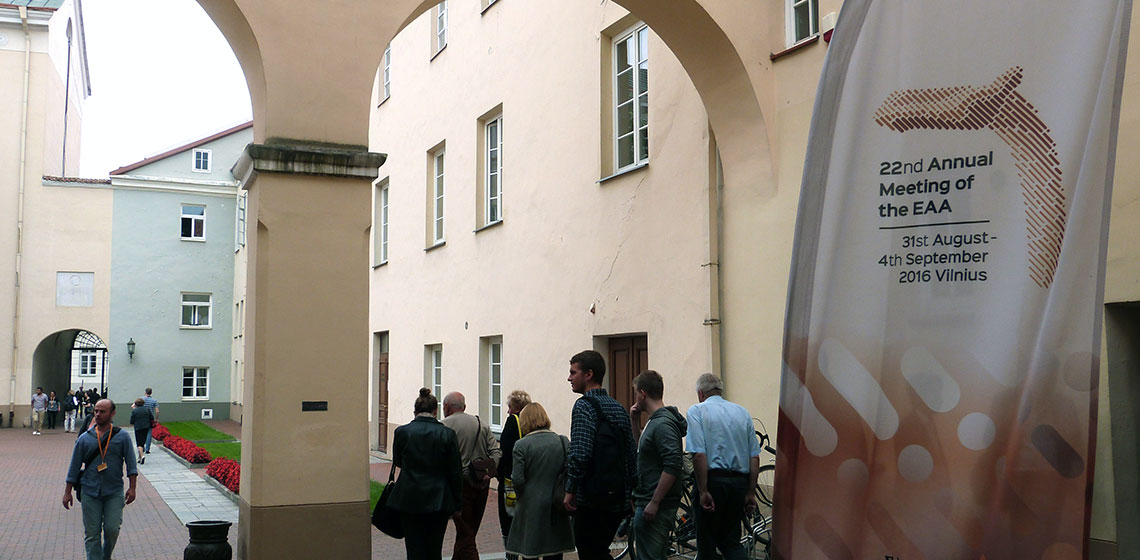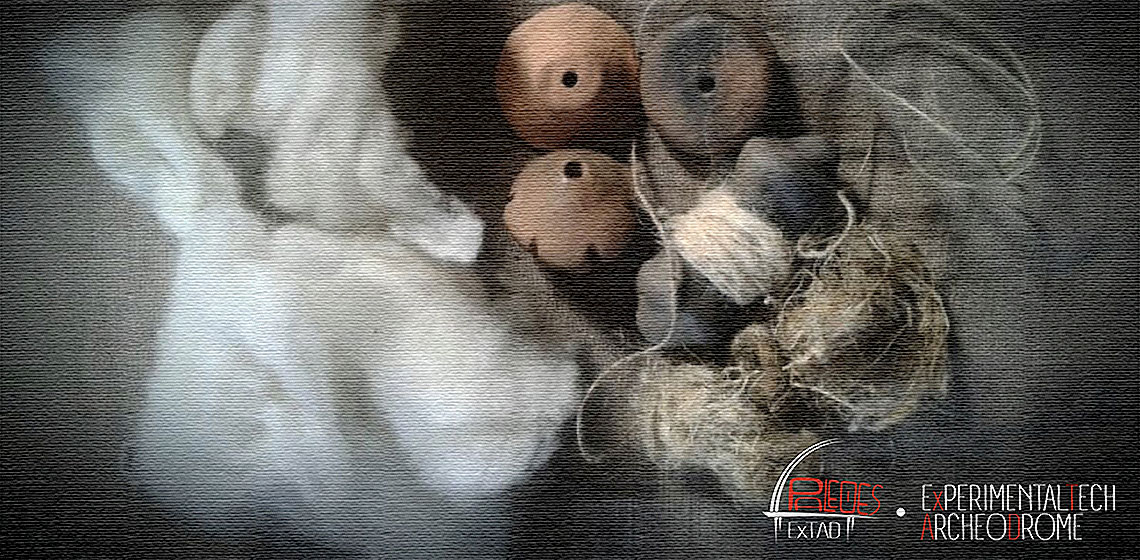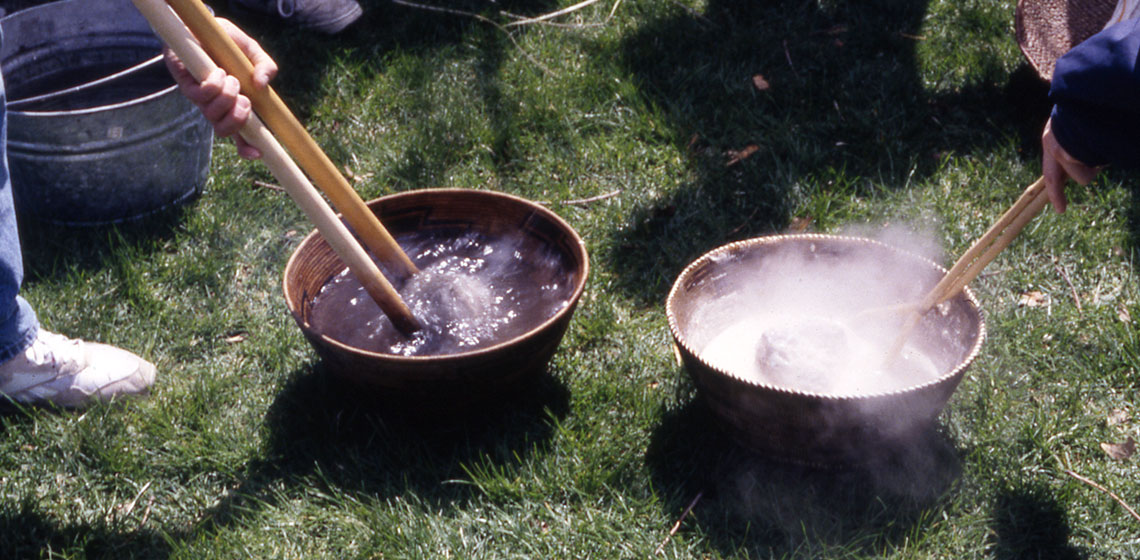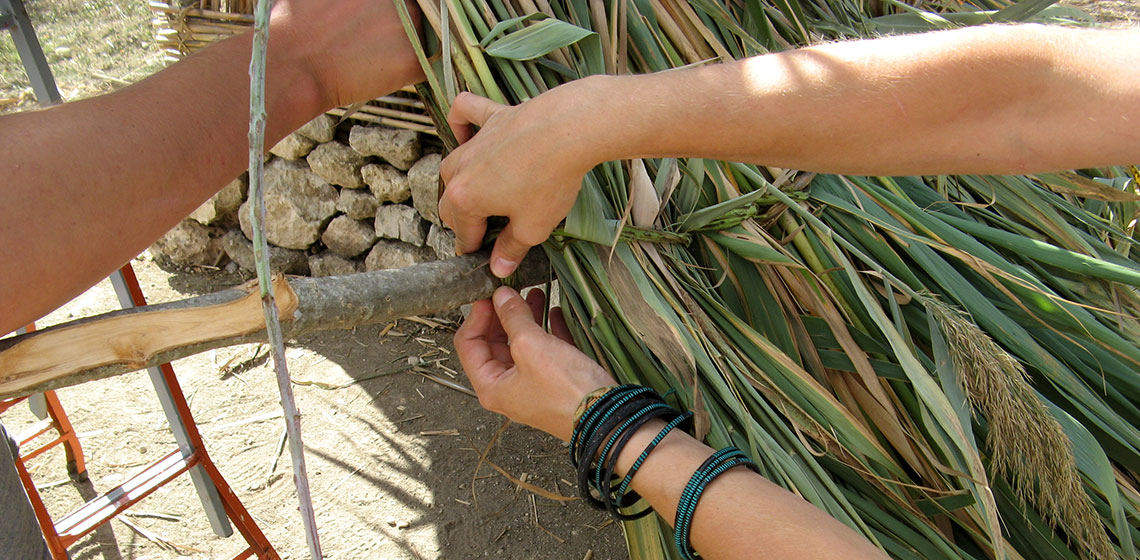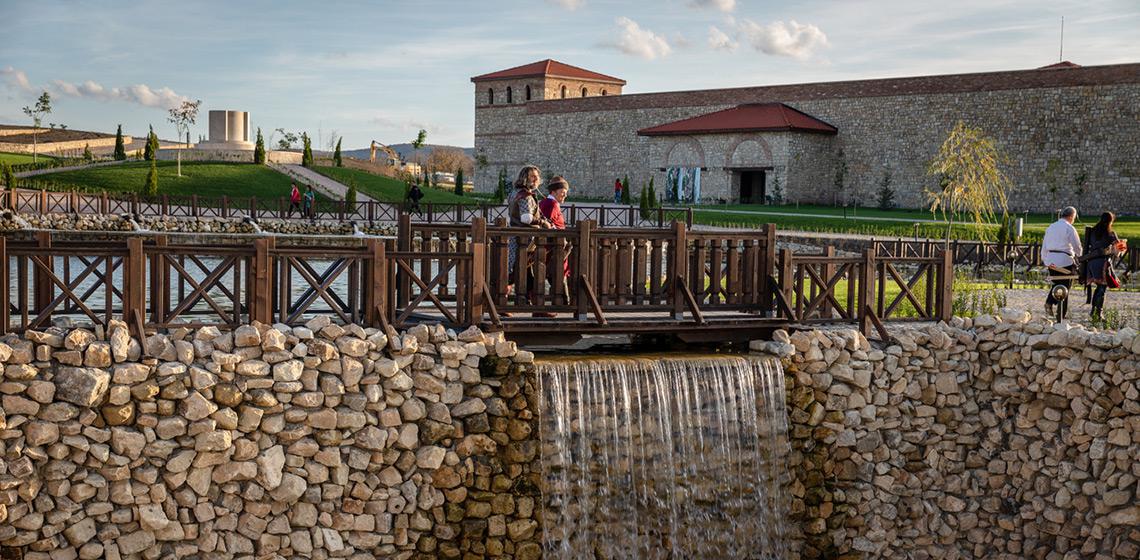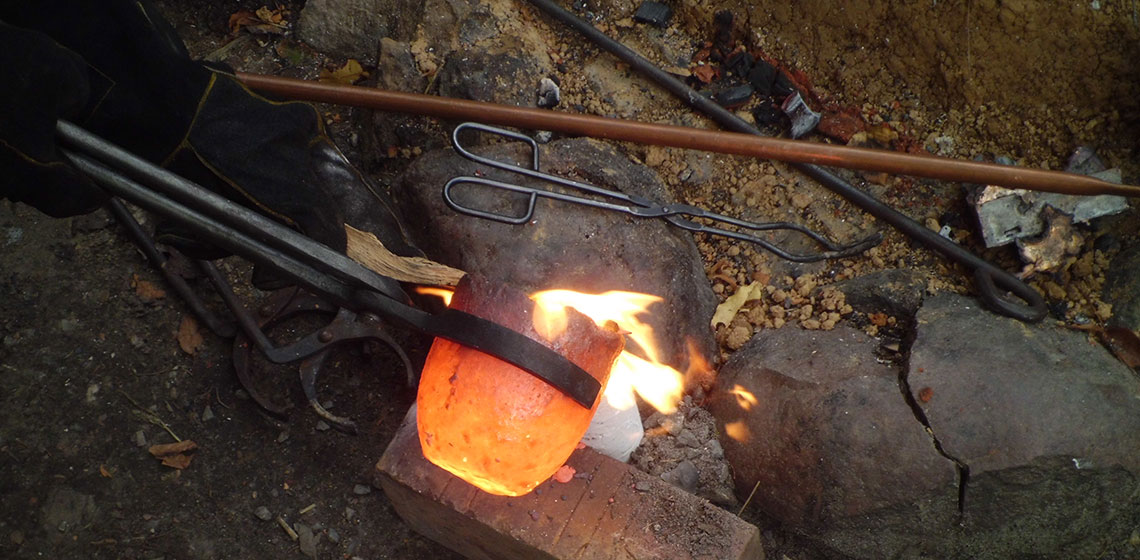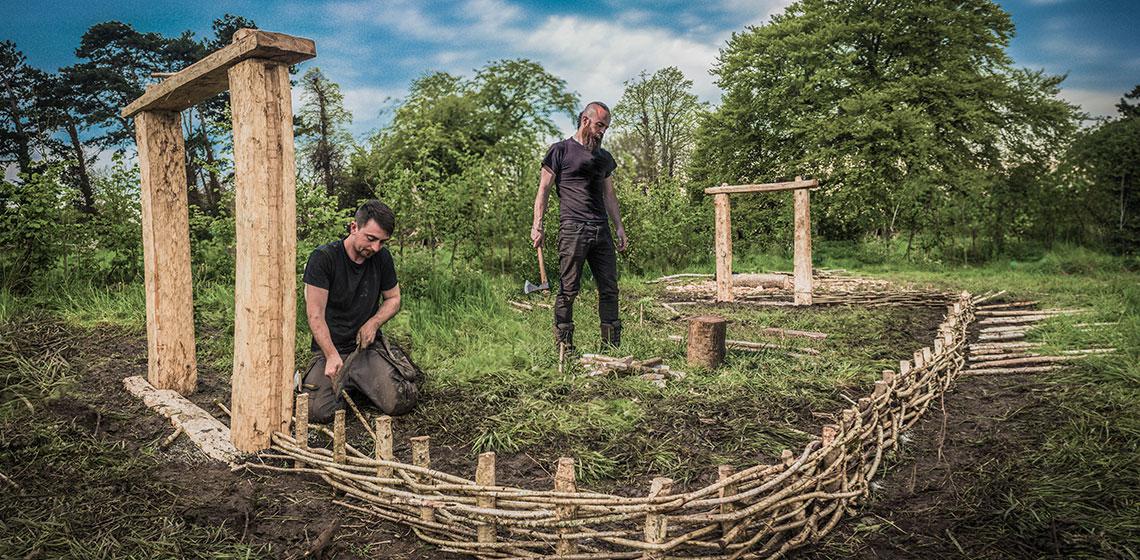Archeoskanzen Praveká osada Mokrý Kút (SK)
Prehistoric village project "Wet nook" is established by Ipea civic Association in Vyšný Kubín. We are focusing on dynamic presentation of ancient life based on local prehistoric culture. The main initiative was to build up a residential property along with production area and outbuilding.
The village Vyšný Kubín is situated on north Slovakia region – dolná Orava (lower Orava). From historical point of view is this area well known for its inhabitation by lusatian culture influence mainly from early and late Bronze Age until late Iron Age. The reconstruction of lusatian house is based on Slovak Academy of Science archaeological discovery back in 2008 done in Dolný Kubín, Ožinica district. The project has started in 2012 by building up the reconstruction of lusatian culture estate and shelters, which are used to present activities directly connected to the ancient time frame.


